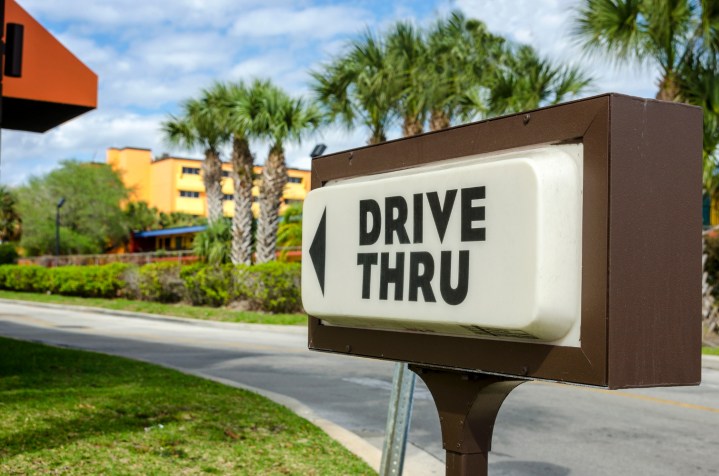
Minneapolis has enacted a ban on drive-throughs. The local authority argued that getting rid of drive-throughs will result in safer roads for drivers and pedestrians and cleaner air, according to StreetsBlog. The blog cited research that shows drivers are distracted before they pull in to order food and again when they pull out after receiving their orders, putting pedestrians in danger.
Minneapolis has a city-wide goal of reducing greenhouse gas emissions by 80% by 2050. Banning drive-throughs should reduce vehicle idling, thereby improving air quality.
In order to reach the city’s goal, the Minneapolis 2040 plan includes several measures the city hope will help. Other steps in the 2040 plan include eliminating off-street-parking minimum times and limiting the construction of new surface parking lots. Also, Minneapolis wants to rezone neighborhoods to allow multifamily residences in all areas of the city and to impose strict parking restrictions near mass transit stations. Car repair businesses will also be prohibited close to Minneapolis Metro stations. Another step yet to be enacted is a ban on new gas stations throughout the city.
The bans on drive-throughs and gas stations both apply to new structures only. Existing locations will be grandfathered in.
Drive-throughs aren’t limited to restaurants but also include liquor stores, cleaners, banking, grocery shopping, postal services, pharmacies, photo processing shops, ammo and bait, and much more. Starbucks has drive-through windows at 40% of its current coffee shops and plans to include drive-throughs in 60% of new locations. McDonald’s fast-food restaurants first offered combo meals to accommodate customers using drive-throughs. More recently, the chain began using artificial intelligence with drive-through menu boards to tempt customers to make extra purchases.
Six hundred miles south of Minneapolis via route 35, Sheldon “Red” Chaney created the first drive-through at Red’s Giant Hamburg restaurant in 1947 on U.S. Route 66 in Springfield, Missouri.
Editors' Recommendations
- New self-driving car algorithm keeps you safe by constantly predicting doom
- Waymo keeps autonomous driving simulations running as cars stay parked



